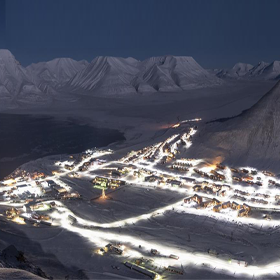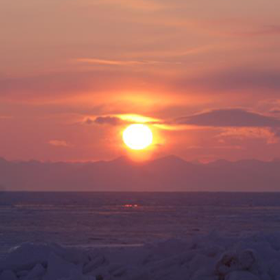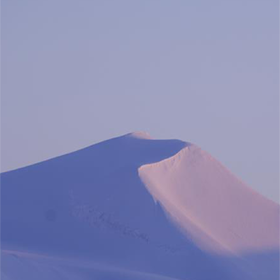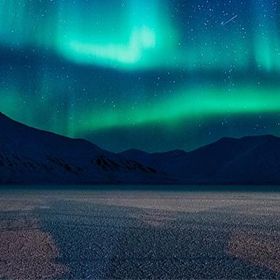ENCOUNTER POLAR BEARS ANYWHERE
closest to the North Pole
Svalbardi literally means “the land with the cold shores”.Svalbard Islands are located in the Arctic Ocean, halfway between Norway and North Pole. Its one of the closest landmasses to the North Pole, here you will find one of the largest untouched arctic wilderness areas left in Europe.
Beyond this first impression, Svalbard is dominated by tundra, bare mountains, glaciers, extreme light variations and an exciting wildlife that would be hard to match anywhere on earth.
polar bear - The King of Svalbard
The polar bear – also known as the King of the Arctic – is one of the world’s largest carnivores. The polar bear population in the Svalbard archipelago and Barents Sea is around 3,000, which exceeds the human population.
On www.miljostatus.no it says that «In August 2015, a survey of the Norwegian subpopulation estimated almost 1000 polar bears. Of these a little less than 300 were located in Svalbard – most of them close to the ice edge.»
Magic momentS
There are three main seasons in Svalbard: Polar Summer, Northern Lights Winter and Sunny Winter. Each season has its unique charms and characteristics.

polar night
Middle of November – late January
As we nudge into October, it’s already dark in the evenings and there is noticeably less daylight as each day passes. We refer to the dark season in Svalbard as the “Polar Night”. This two-and-a-half-month period lasts from mid-November to late January. The sun is at least 6 degrees below the horizon during this period and it’s pitch-dark 24/7. The darkness is the same around the clock, so it does not give you any hints about what time it is.

midnight sun
Late April – late August
Can the day last more than 24 hours? If you visit the Arctic during the summertime, no doubt you hope it could! The Midnight Sun season in Longyearbyen lasts from 20 April to 23 August.You won’t necessarily return home refreshed if you visit the region during summertime because it’s difficult to go to bed when the sun is shining. However, if you chose to visit then, we promise you will leave with your suitcase packed full of experiences!

blue hour
Early November & early February
In the weeks before and after the Polar Night, we have what is called the “blue light” (or the “blue hour”). This is the period when the sun moves below the horizon (down towards 6 degrees) and back over the horizon again. The blue particles of light are bent by the atmosphere, resulting in the Arctic landscape being coloured in blue. The blue colour is often mixed with nuances of red and purple, leaving little to the imagination as to why us locals feel like we’re living in a dream.

northern night
late September – middle of March
The only light sources outside the settlements are the moon, the stars and the Northern Lights (aurora borealis). Being outdoors on a cold and clear day (or night!) during this season provides amazing perspectives on life. Millions of stars twinkle to us from space lightyears away and, when it’s full moon, the landscape emerges more clearly from the darkness. However, what most people look forward to experiencing is the magical and mythical Northern Lights.